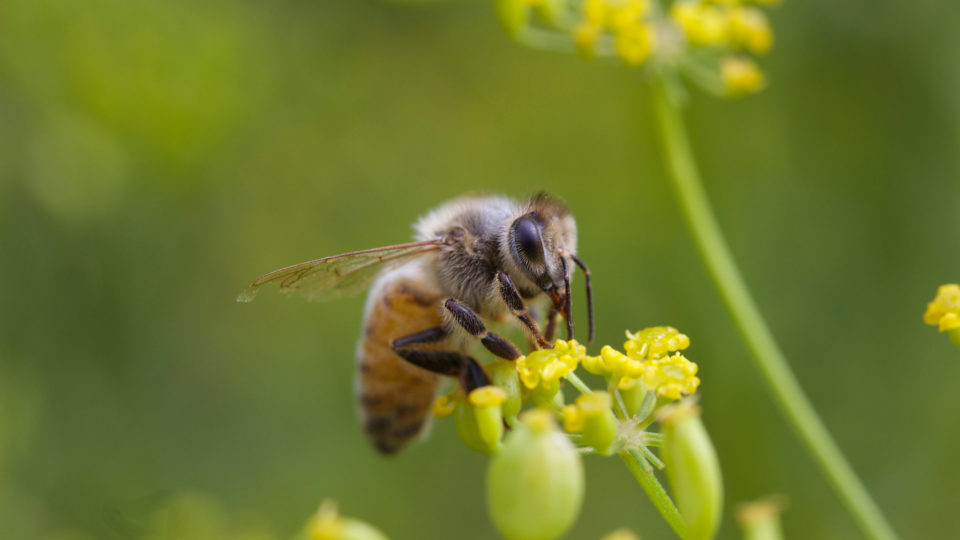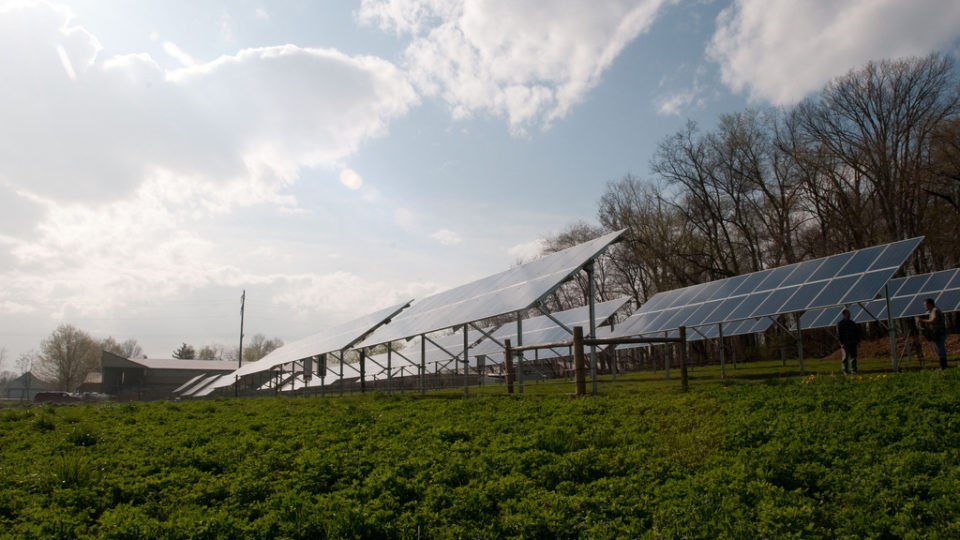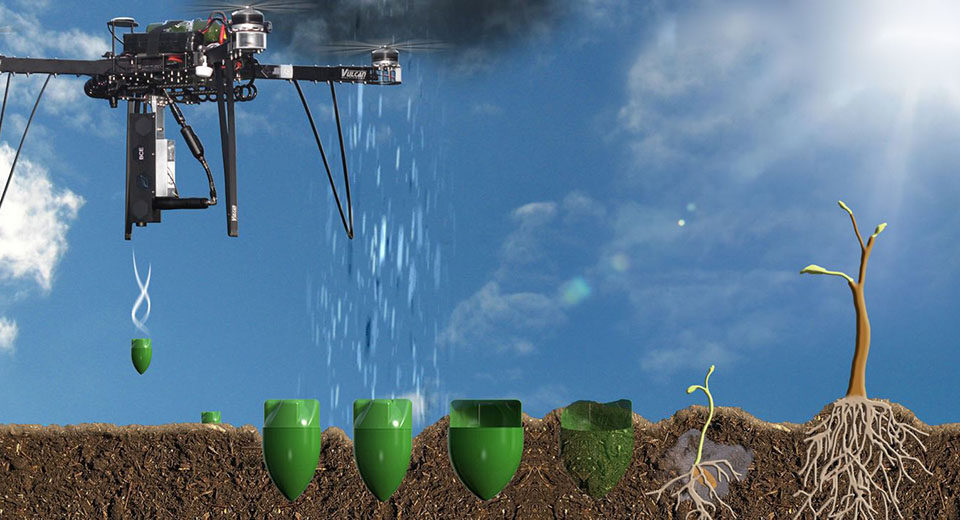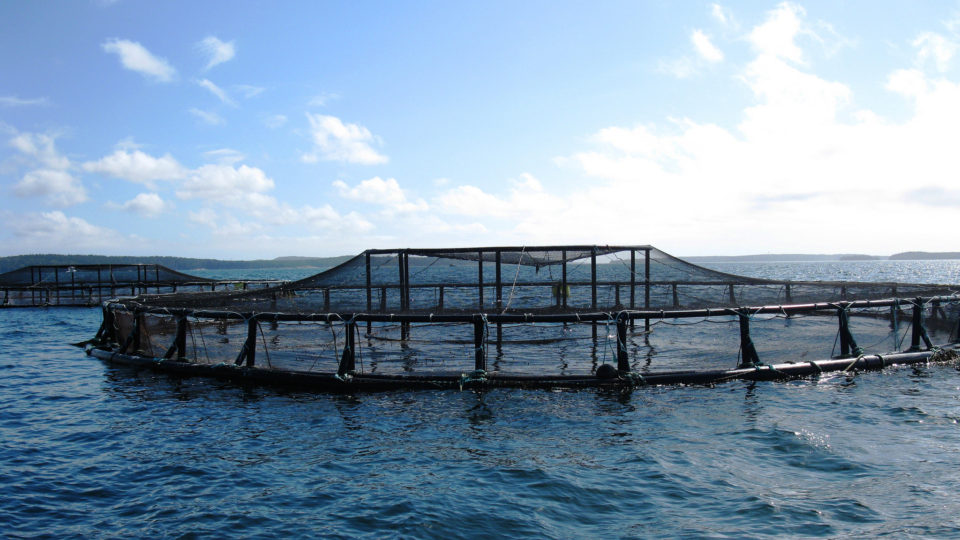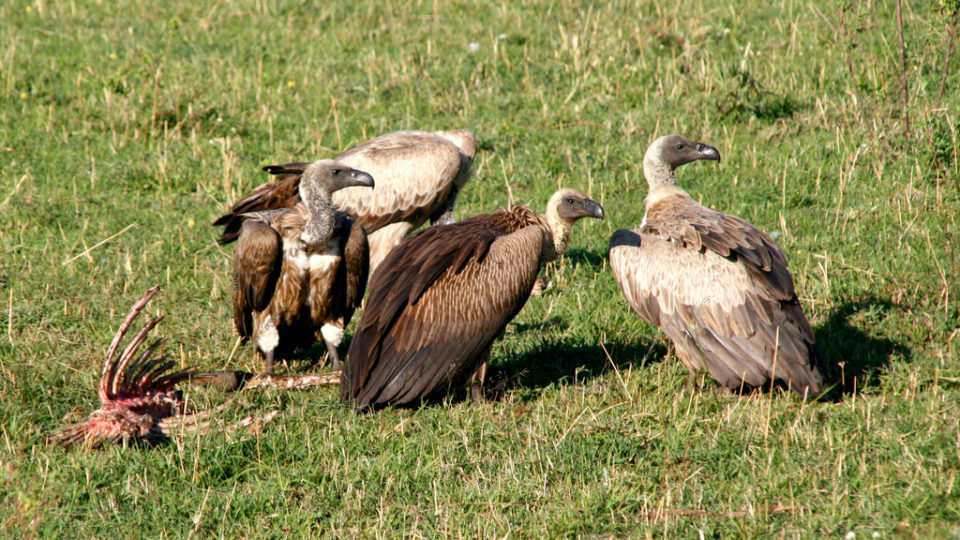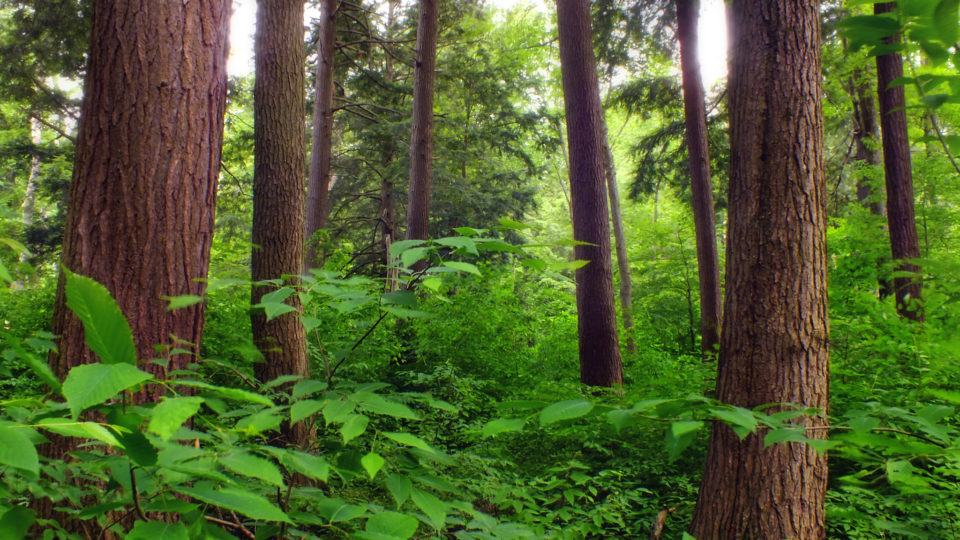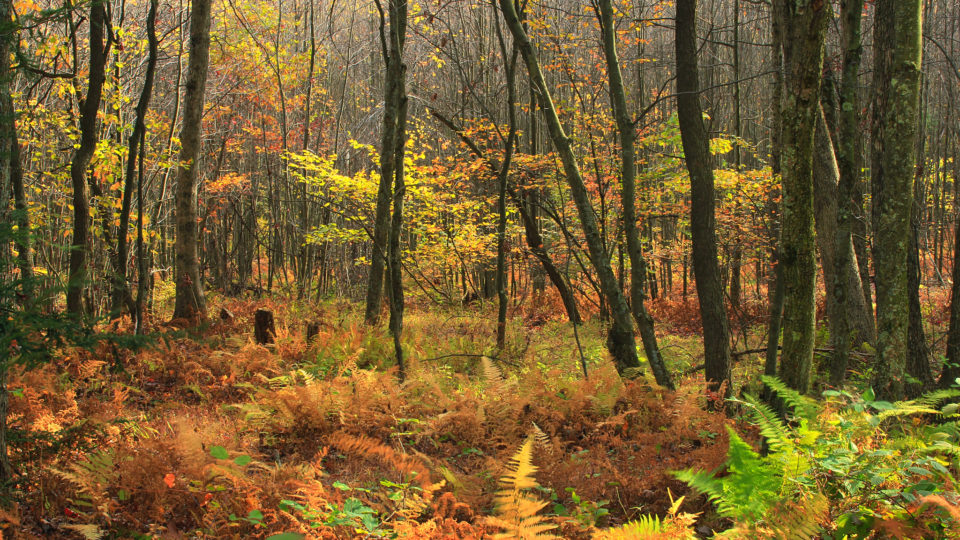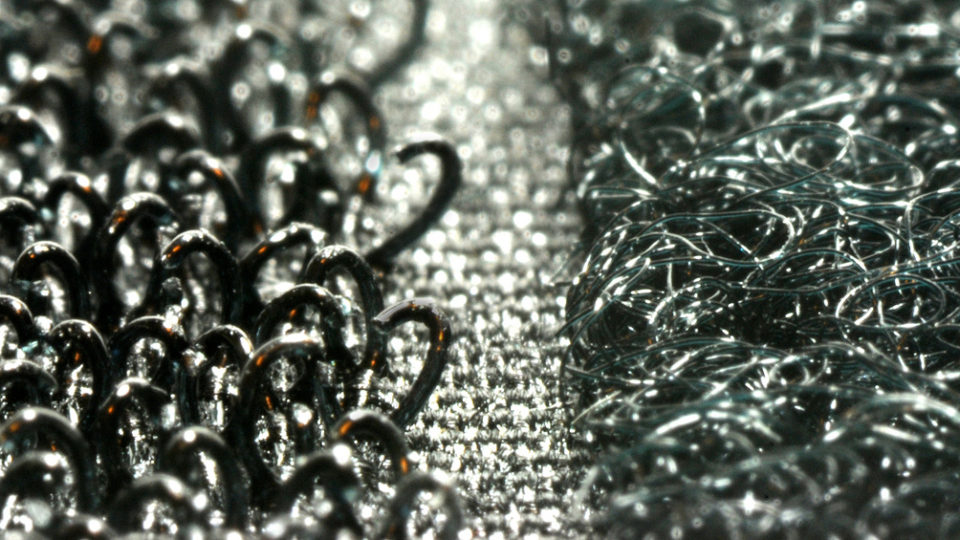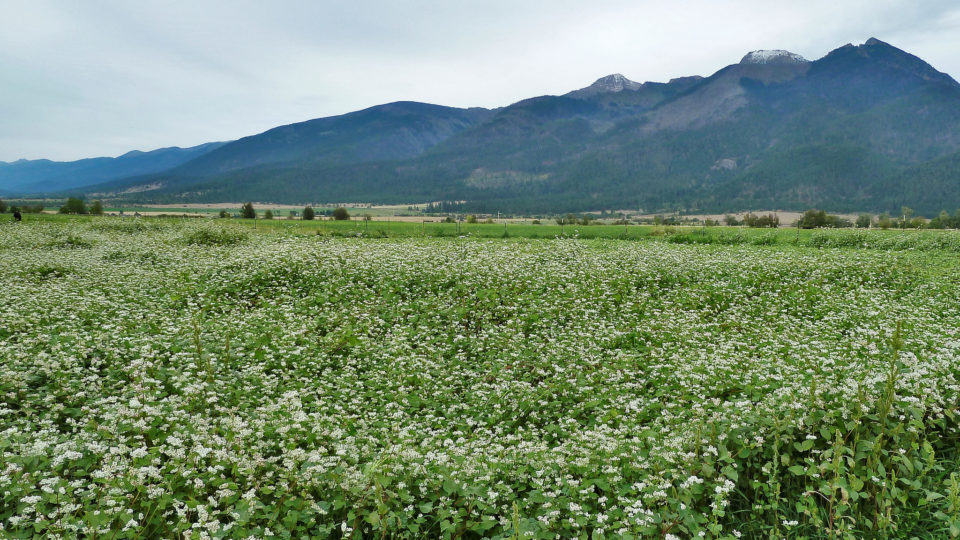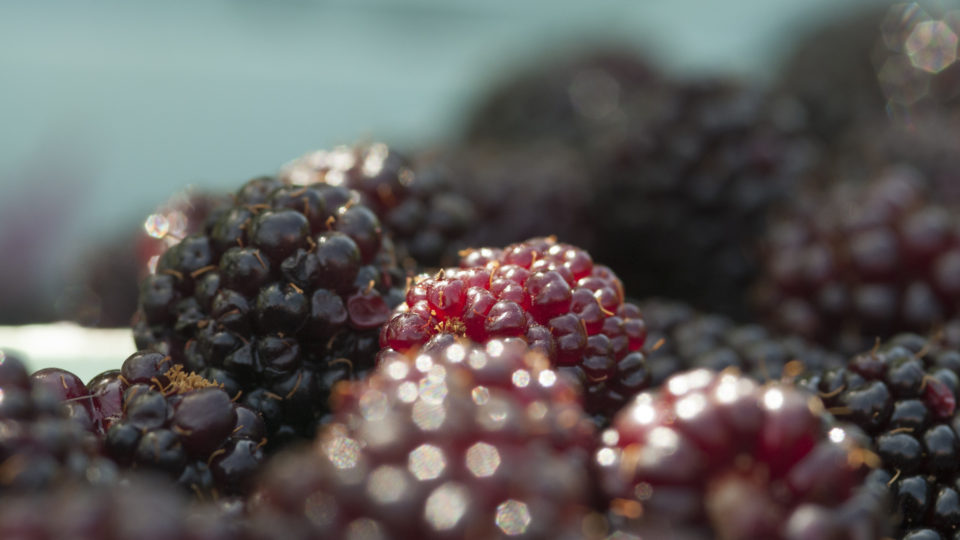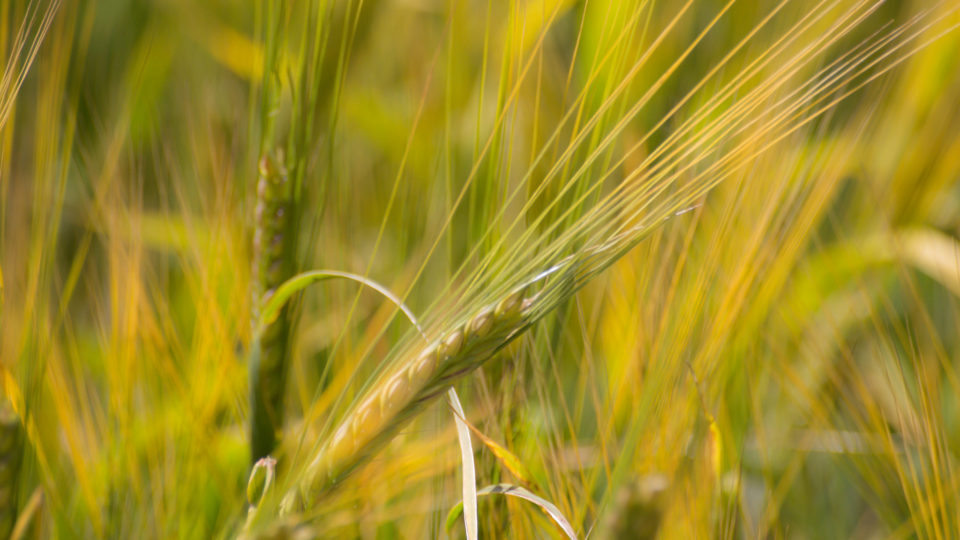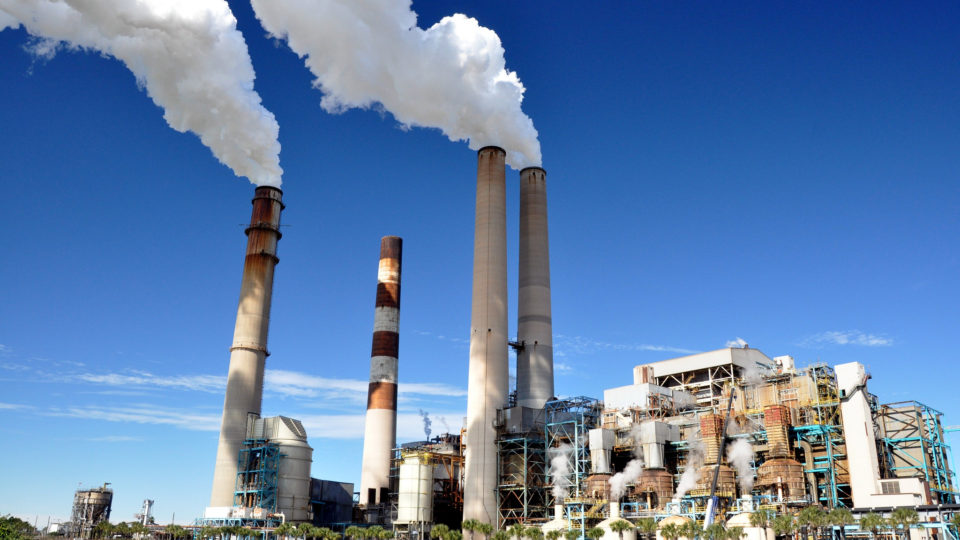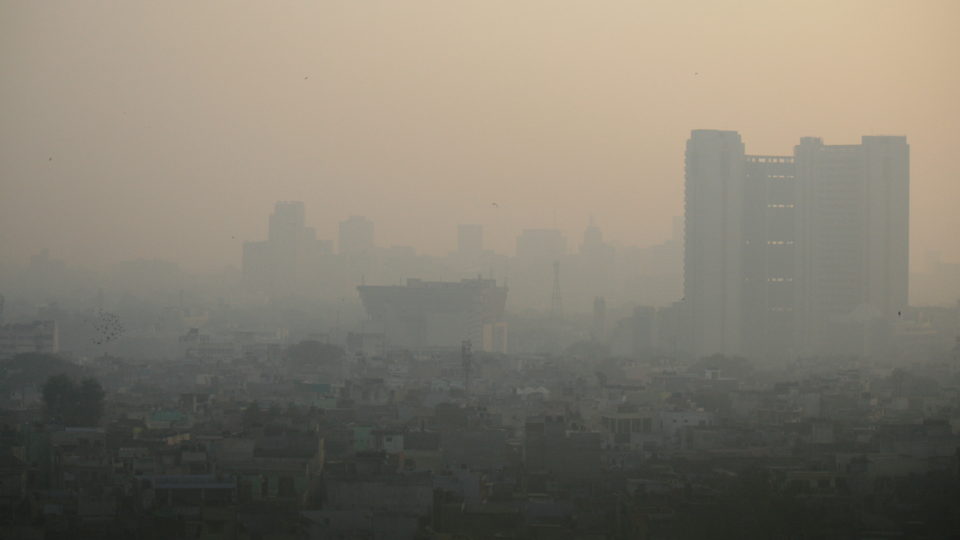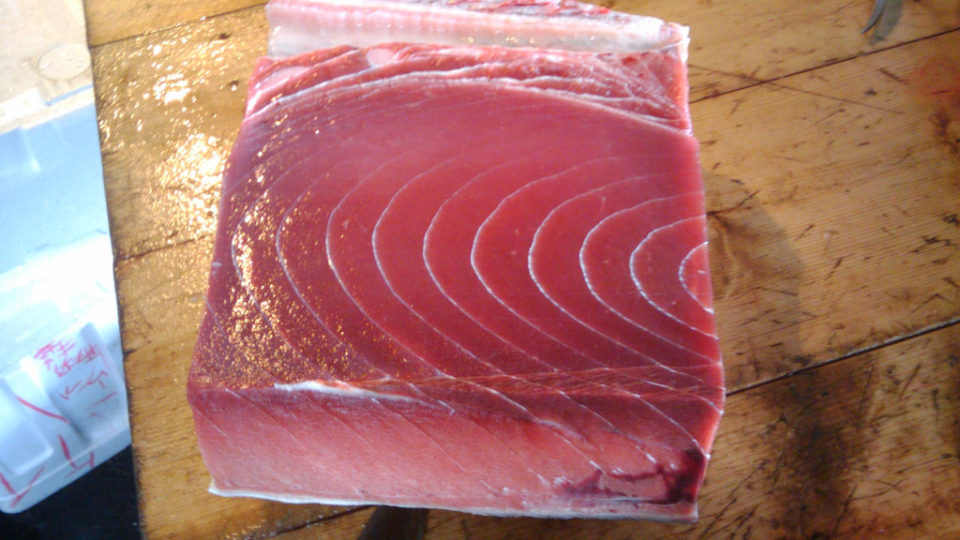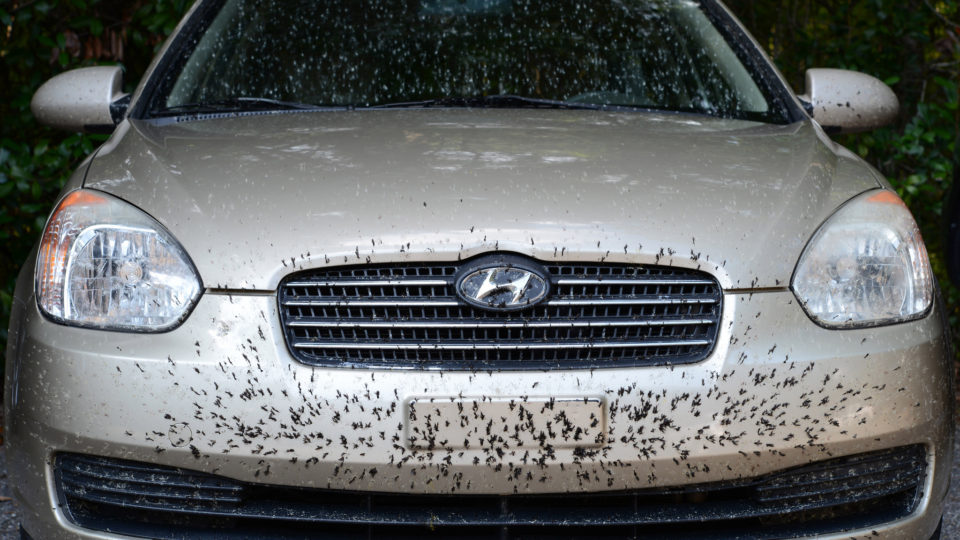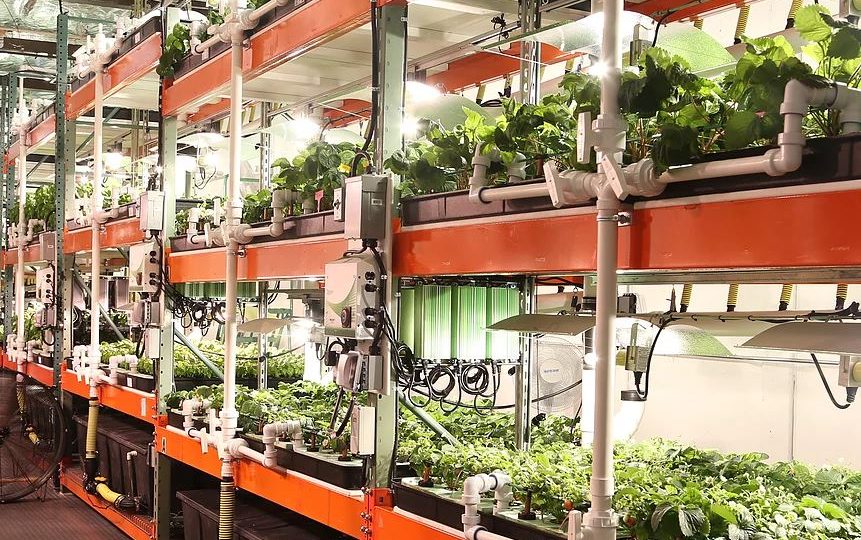agriculture
Endangered Orangutans
Orangutans are some of the planet’s most intelligent animals. In fact, orangutans and human beings share 97% of their DNA sequence. Orangutans can only be found in the wild in Southeast Asia on the Indonesian island of Sumatra and the island of Borneo, which is a landmass shared by Indonesia, Malaysia, and Brunei. And while all orangutans are endangered, the critically-endangered Bornean orangutans are under exceptional duress.
Farming In Solar Farms
Utility-scale solar installations have been expanding rapidly. The amount of land used for solar projects is becoming quite substantial. The National Renewable Energy Laboratory (NREL) predicts that 3 million acres will be devoted to solar farms by 2030, and 6 million by 2050. These numbers pale in comparison with the land used for corn, soybeans, and wheat, but are more than used for such familiar crops as oats, barley and rice.
Tree-Planting Drones
One of the major causes of the increasing carbon dioxide levels in the atmosphere is deforestation. We chop down about 15 billion trees each year. Over time, our activities have reduced the number of trees on earth by about 50%. We do plant trees – these days, about 9 billion a year. It is a substantial number, but still leaves a net loss of 6 billion trees annually.
Deepwater Aquaculture
Near-shore fish farms have created many environmental problems. Raising large numbers of fish creates concentrations of fish waste and sea lice, which can adversely impact near-shore ecosystems.
2017 Was Hot
There’s no argument to be made about whether 2017 was hot or not. The only uncertainty is whether it was the second or third warmest year ever recorded.
Reviled Animals Can Be Beneficial
Predators and scavengers are widely persecuted by people because they are often harmful to property, livestock, and human beings. Nonetheless, research has shown that many of these animals play important roles in ecosystems and their removal can be quite harmful.
Natural Climate Solutions
The Paris Climate Agreement embodies a commitment to hold the increase in the global average temperature to less than 2 Celsius degrees above preindustrial levels. Most strategies to achieve this goal involve reductions in greenhouse gas emissions from human activities such as burning fossil fuels as well as various land use activities. But there are also so-called Natural Climate Solutions, which relate to the storage of carbon and reduction in carbon emissions across global forests, wetlands, grasslands, and agricultural lands.
Removing CO2 With Plants
Plants are the world’s great storehouse of carbon dioxide. That is why deforestation is a major contributor to climate change. If only there were more trees and plants, more of the CO2 in the atmosphere would be absorbed and could no longer trap heat in the atmosphere.
Biomimicry Is Big
Biomimicry is learning from and then emulating nature’s forms, processes, and ecosystems to create more sustainable designs. Mother Nature is already the inspiration for countless products and designs ranging from Velcro copied from plant burs to the shape of wind turbines modeled after whale fins. There are wetsuits inspired by beaver pelts and office buildings that copy termite dens. Increasingly, innovators are looking at nature for designs in architecture, chemistry, agriculture, energy, health, transportation, computing, and even for the structure of organizations and cities.
Small Grains In Corn Country
Large portions of the Midwest are called the Corn Belt and for good reason. Overall, about 90 million acres or 140,000 square miles of the United States are planted with corn and about half of that is in Iowa, Illinois, Nebraska and Minnesota. In most of the Corn Belt, the corn is planted in rotation with soybeans. Both are warm weather crops and the soil is left barren for nearly half of the year when the two crops are out of season.
Myths About Organic Food
There is much to be said in favor of organic food. The organic produce industry took in $65 billion in 2016 and that farming method is clearly increasingly popular and is here to stay. Nevertheless, there are various misconceptions and inaccuracies related to organic food.
Climate Change And Barley
The impacts of increased carbon dioxide and the changing climate are often complicated and, it turns out, not always negative. In some areas of the world, people can actually benefit from increased CO2 and climate change. Barley, the most important feed crop for beef production in Alberta, Canada, as well as the province’s beef industry itself actually stand to gain from the changes that are most assuredly not a good thing for much of the world.
New Year’s Resolutions
2018 is just around the corner. Popular resolutions for the New Year always seem to include things like improving health, traveling more, spending less money, and so on. But one resolution that isn’t as popular but could collectively have a major impact is committing to living a cleaner and greener life.
Hopeful Climate Trends
In November, Syria joined the Paris Climate Accord. As a result, the United States is now the only country in the world that has rejected the global pact. Despite this embarrassing news, there is reason for optimism in the effort to stave off the worst impacts of climate change. In particular, 7 major trends provide hope that things could move in the right direction.
CO2 Emissions Stalled
For the third year in a row, global emissions of carbon dioxide have remained unchanged. This indicates that efforts to reduce emissions have had an effect, but that there is much more to be done. It is essential to reduce emissions, not just cap them.
The Delhi Air Pollution Crisis
Delhi, the capital city of India, has always been a city bursting at the seams. With over 19 million people, heavy industry, growing numbers of vehicles, and choking amounts of road dust, Delhi suffers from some of the worst air pollution in the world. It is a situation the country has been struggling with for years.
Is Sustainable Seafood Really Sustainable?
Tuna is perhaps the most popular seafood. We eat it out of a can, we splurge on high-end sushi, and we prepare it in many other ways. Some species of tuna are over-fished and some fishing methods are unsustainable. As concerned consumers, we would like to know what sort of tuna we are eating.
[Read more…] about Is Sustainable Seafood Really Sustainable?
